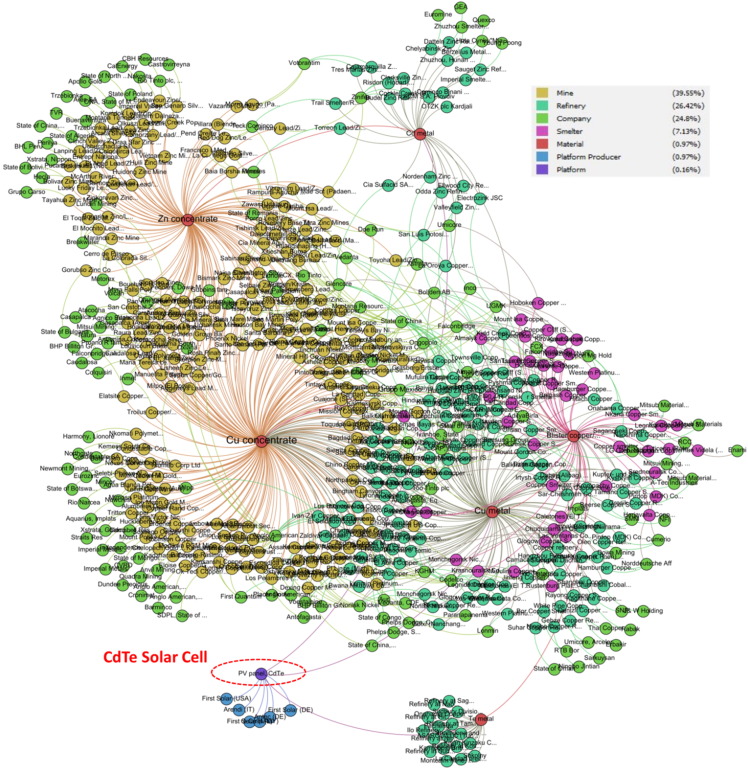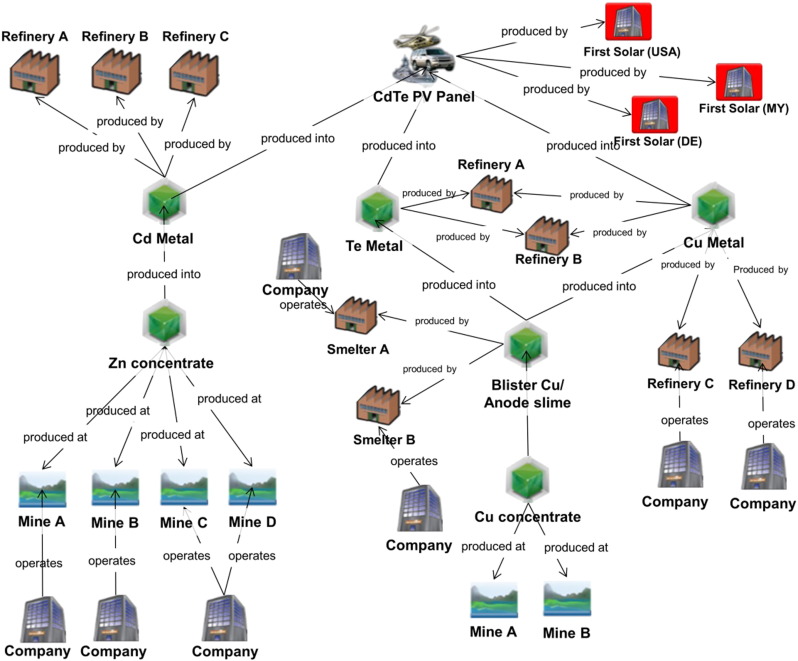The Yale School of Forestry and Environmental Studies has mapped the supply chain of five products.
The objects in modern society that we make use of in our day to day lives are made of many different materials. For example, a cellphone is comprised of many parts made from different materials, from the silicone and gold, as well as other rare earth metals that are used to create the microprocessors, as well as various plastics and glass that makes up the screen and casing of the phone. All these various materials are refined, processed, and assembled at different locations worldwide. The institute mapped the supply chains for 5 product platforms: 2 types of solar cells, a turbine blade, a lead acid battery, and a hard drive magnet.

The research defines a supply chain “consisting of companies that produce and supply materials and parts and those that transform them into products”. In that sense, the links in a graph can be made based on their supplier-customer relationships.

From analyzing the 5 products the Center for Industrial Ecology has looked at several factors into the risk of portions of the supply chain. For example, companies that are multinational or countries that have a lot of raw material extraction (e.g. mines) often have many production sites and are less likely to be impacted by supply chain disruptions. And materials that are only processed by a small amount of entities are higher risk.
In conclusion, graph analysis can be used to analyze potential risks in manufacturing and identify key parts of the market and supply chain. As well as identify problem areas that are at high risk of disruption and to develop replacement materials for them if the need arises.
Sources:
Nuss, P., Graedel, T., Alonso, E., & Carroll, A. (2016). Mapping supply chain risk by network analysis of product platforms. Sustainable Materials and Technologies, 10, 14-22. doi:10.1016/j.susmat.2016.10.002